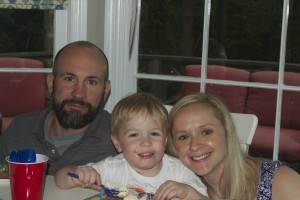Starting Thursday, October 1st we will be kicking off a month long push-up challenge! This is open to anyone and can be completed by everyone. We challenge you to complete 3,000 push-ups from October 1st through 31st. These can be done at any time during the day and they can be completed in any rep count. Bust some out during a commercial break, each time you get up from your desk, every other hour etc. (if you want to even it out, it’s about 96 push-ups a day).
Rules:
- Sign-up for the challenge by writing your name on the whiteboard in the main gym. We have a designated spot for the challenge.
- This is on the honor system. You are responsible for keeping track of your push-ups. We’ll have tracking sheets at the gym for you to take with you and log your reps.
- Push-ups are to be completed as chest to deck, with full range of motion; arms locked out at top plank position. If you’re still working on a full push-up, please challenge yourself to do elevated push-ups instead of knee push-ups. Knee push-ups are acceptable for this challenge, but for the sake of improving and getting stronger, give elevated push-ups a try!
- Update your current status on the whiteboard every few days so we can keep track of how everyone is doing as a whole.
- Push-ups we do in warm ups or workouts count towards the 3,000 goal.
- 3,000 push-ups may seem like a lofty goal, but we urge you all to accept the challenge. You may feel there’s no way you can complete that many in a month, but you may surprise yourself. And even if you do 1,000 that’s a great accomplishment.
- The person with the most push-ups at the end of the month will win a prize! We also encourage you to have fun with the challenge so we are giving a prize for the most creative place push-ups are done! Share your photos and videos on Facebook or Instagram using the hashtag #CFMchallenge.
We look forward to seeing your progress and remember – have fun!
Push-Up Tips
Use the proper push-up technique we coach in class:
- Situate hands about shoulder width apart, fingers pointing straight ahead or slightly out. (Screw hands into the ground)
- Put torque on arms and point elbow pits forward.
- Keep a neutral spine (don’t drop head or hips) and keep a tight core.
- Squeeze glutes and belly tight and lever forward making sure your elbows are shooting back and not to the side.
- Press out of the bottom position without any change in spine or shoulder position.

 currently expecting her second son and it’s so inspiring to see her continue to work hard in class. Jenn proves to us every day that CrossFit can work for anyone. Let’s get to know Jenn a little better…
currently expecting her second son and it’s so inspiring to see her continue to work hard in class. Jenn proves to us every day that CrossFit can work for anyone. Let’s get to know Jenn a little better… Favorite CrossFit movement?
Favorite CrossFit movement? 